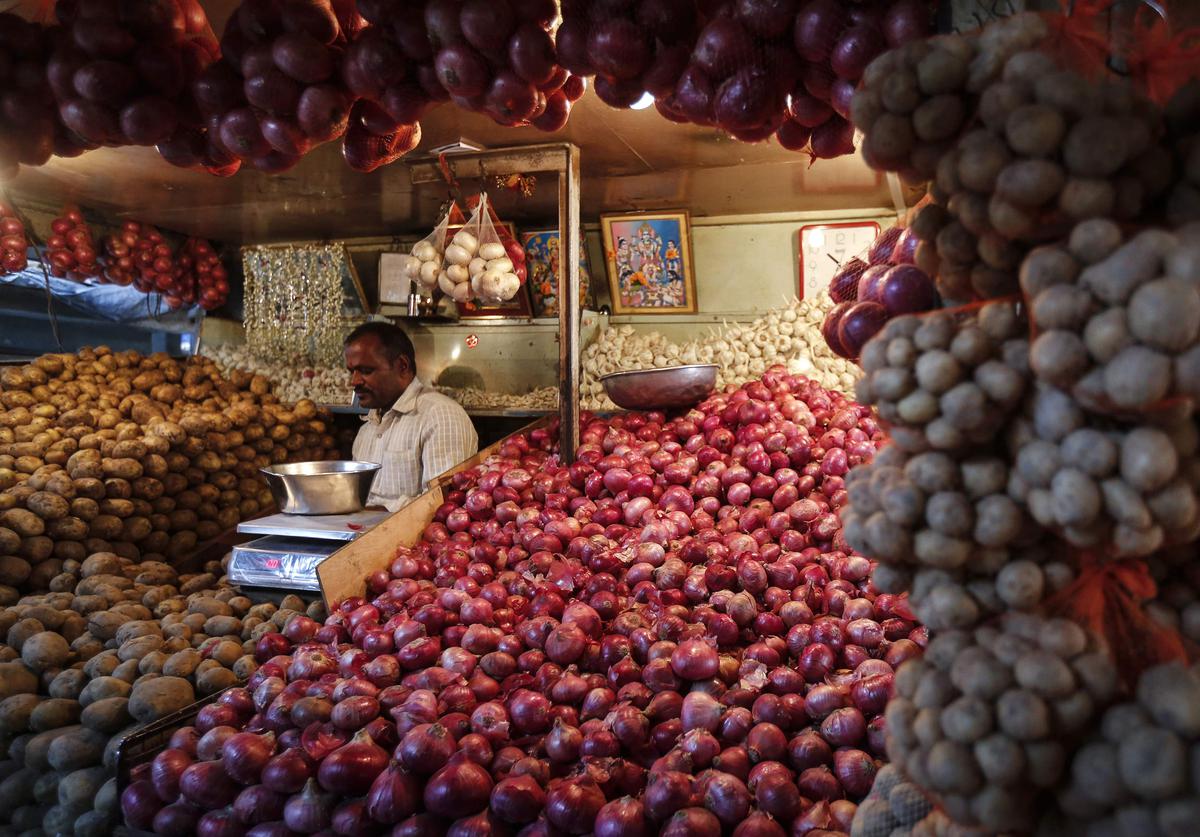A negative base impact is probably why India’s retail inflation, as measured by the Consumer Price Index, increased to 5.1% in September from 3.65% in August. CPI inflation was 5.02 percent in September 2023. With the expected 5.1% print, the Reserve Bank of India’s (RBI) prediction for retail inflation in the September quarter will align with the bank’s average of 4.1% for Q2FY25.
Due to strong base effects, August and July saw CPI inflation prints fall below 4%. Regarding headline inflation, both months had reported 3.6% and 3.65%, respectively. However, the base started to go south in September.
September saw a general decrease in food prices as the costs of wheat and edible oils rose while those of potatoes, tomatoes, rice, and milk gradually calmed. Oil prices also remained low despite the Middle East’s growing tensions. However, it is anticipated that an unfavorable base would cause the y-o-y food inflation print to rise from 5.66% in August to above 7% in September.
The ongoing increase in global gold prices is probably what caused “personal care and effects CPI (weighting of 3.89%) to go up month over month. We anticipate very modest month-over-month rises in the other core CPI components (housing, apparel, and miscellaneous), which is indicative of moderate input prices and low demand-pull pressures.
The recent increase in food and metal prices, as evidenced in the World Bank and Food and Agricultural Organization price indices for September, can increase the upside risks in the inflation forecast going forward, according to RBI Governor Shaktikanta Das in his monetary policy speech.

